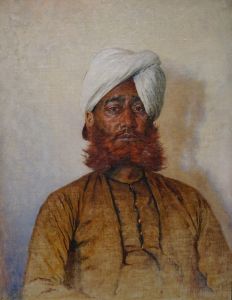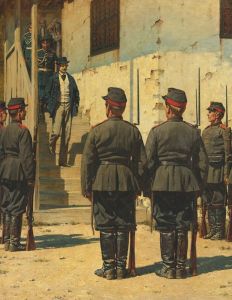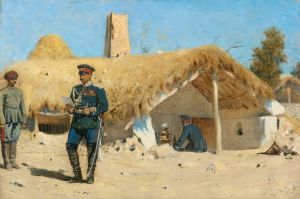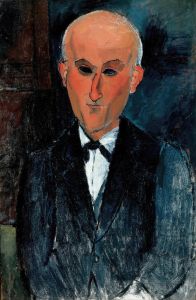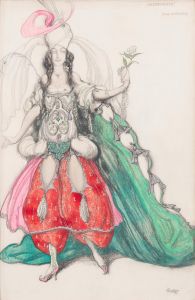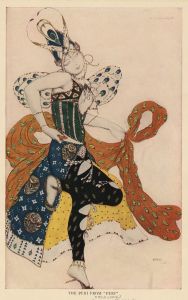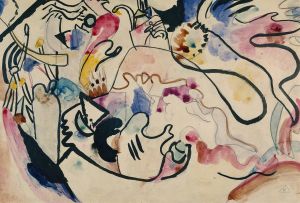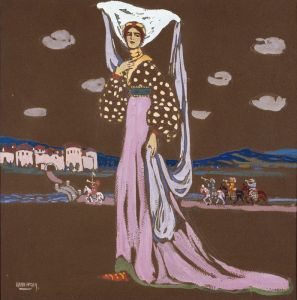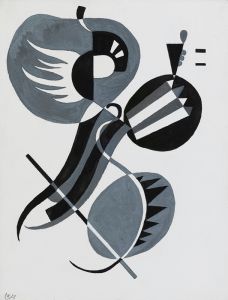
Der Blaue Reiter
A hand-painted replica of Wassily Kandinsky’s masterpiece Der Blaue Reiter, meticulously crafted by professional artists to capture the true essence of the original. Each piece is created with museum-quality canvas and rare mineral pigments, carefully painted by experienced artists with delicate brushstrokes and rich, layered colors to perfectly recreate the texture of the original artwork. Unlike machine-printed reproductions, this hand-painted version brings the painting to life, infused with the artist’s emotions and skill in every stroke. Whether for personal collection or home decoration, it instantly elevates the artistic atmosphere of any space.
Wassily Kandinsky's Der Blaue Reiter (The Blue Rider) is a painting created in 1903, during the artist's early period before his transition to full abstraction. The work depicts a lone rider on horseback galloping through a hilly, colorful landscape. The figure of the rider is somewhat indistinct, blending into the surrounding environment, which is rendered in a vibrant and expressive style. This painting is often seen as an important precursor to Kandinsky's later abstract works and reflects his interest in the symbolic and emotional power of color and form.
The title, Der Blaue Reiter, holds particular significance in Kandinsky's career. It not only refers to this specific painting but also became the name of the influential art movement he co-founded in 1911 with fellow artist Franz Marc. The Blue Rider group was centered around the idea of spiritual expression in art, emphasizing the use of color and abstraction to convey deeper emotional and spiritual truths. While the painting predates the formation of the group, it is often retrospectively associated with the ideals that Kandinsky and Marc later championed.
In Der Blaue Reiter, Kandinsky's use of color is notable. The landscape is painted in rich greens, blues, and yellows, with the rider dressed in blue—a color that Kandinsky often associated with spirituality and transcendence. The dynamic brushstrokes and the interplay of light and shadow create a sense of movement and energy, suggesting a connection between the rider and the natural world. The painting reflects Kandinsky's growing interest in the expressive potential of art, which would eventually lead him to become one of the pioneers of abstract art.
This work is housed in the Städtische Galerie im Lenbachhaus in Munich, Germany, where it is part of a collection that includes many works by members of the Blue Rider group. Der Blaue Reiter remains an important piece in understanding Kandinsky's artistic development and the early 20th-century shift toward abstraction and modernism.





